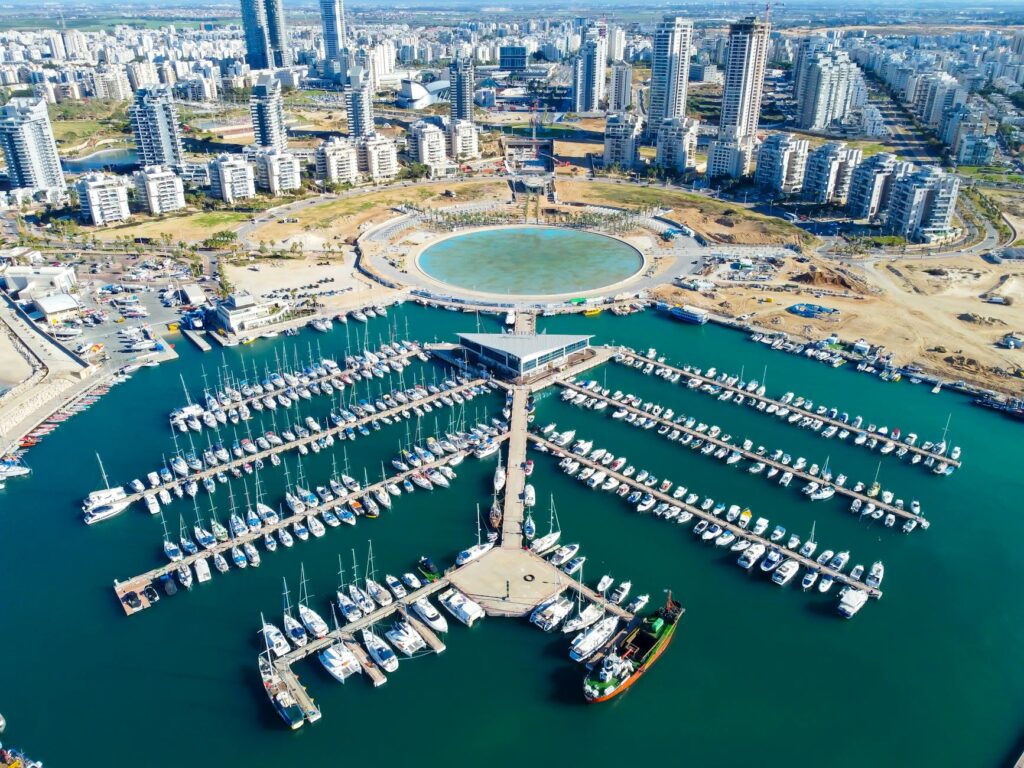
Building a brand new city from scratch is an ambitious undertaking that requires careful planning, substantial investment, and multi-disciplinary collaboration. Over the years, several cities have been built from the ground up, with some serving as models for future urban development. Whether it’s for economic growth, sustainability, or as a smart city, creating a new city involves complex considerations from architecture and infrastructure to the social, economic, and environmental challenges.
This article explores the essential steps and considerations required to build a city from scratch, highlighting the process, necessary resources, and key examples of cities created from the ground up.
1. Define the Purpose and Vision for Brand New City
Before any construction begins, it is crucial to establish the purpose of the new city. This includes determining the key drivers of the city’s creation — whether it is for economic growth, technological innovation, environmental sustainability, or housing a growing population. The vision should guide all future planning, shaping every aspect of the city’s design and development.
Examples:
• Songdo, South Korea: A smart city built from the ground up in the early 2000s, Songdo was designed as an eco-friendly and high-tech hub to attract global businesses and residents. It incorporates advanced technologies like IoT (Internet of Things) and sustainable green spaces.
• Naypyidaw, Myanmar: Constructed to be Myanmar’s administrative capital, Naypyidaw was built to alleviate congestion in the previous capital. It was designed with a focus on efficient traffic management and public sector services.
• Reference: Songdo Smart City
2. Conduct Feasibility Studies and Secure Funding Brand New City
Building a city involves high costs and long-term investment, so it’s essential to conduct comprehensive feasibility studies. These studies assess the project’s economic viability, environmental impact, population forecasts, and resource availability. Governments, private investors, and corporations typically collaborate to secure funding for such large-scale projects.
Key Considerations:
• Economic Viability: Cities need economic drivers, such as industries, tourism, or technology, to support long-term growth. For example, Silicon Valley has grown rapidly due to its focus on tech industries.
• Land Acquisition: Securing large plots of land is essential for city construction. Governments often play a critical role in acquiring the land or offering incentives to private developers.
• Funding Sources: Depending on the scale, cities often require partnerships with global financial institutions, national governments, and private investors.
• Reference: Funding Urban Development
3. Plan the Urban Infrastructure
A successful city needs robust infrastructure in place, which includes transportation, utilities, healthcare, education, waste management, and more. Modern cities also need to integrate digital infrastructure, such as high-speed internet and telecommunications, to stay competitive and attract residents.
Key Brand New City Infrastructure Components:
• Transportation: Efficient transportation networks — including roads, subways, and airports — are necessary to connect residents and businesses. For instance, Dubai’s Metro System is an example of a successful transport project in a city growing rapidly.
• Utilities: Water supply, electricity, plants and sewage systems must be well-planned and sustainable. Renewable energy, like solar or wind, can reduce long-term costs and environmental impacts.
• Communication Networks: As cities evolve, access to high-speed internet and reliable communication systems becomes essential. 5G networks, for example, are critical to developing smart cities.
• Reference: Dubai Metro Project
4. Design Sustainable and Smart Infrastructure
In today’s world, sustainability is paramount. A city built with sustainability in mind reduces energy consumption, minimizes waste, and fosters green spaces. Brand New Citiy like Masdar City in Abu Dhabi are examples of smart cities designed with zero carbon emissions in mind.
Sustainability Elements:
• Renewable Energy: Powering the city with renewable energy like solar or wind reduces its carbon footprint. Masdar City aims to rely entirely on renewable energy.
• Green Buildings: Sustainable building materials and practices, such as energy-efficient windows, eco-friendly insulation, and the use of natural lighting, are increasingly being incorporated into modern city designs.
• Smart Technologies: Internet of Things (IoT) devices, AI-driven traffic management, and cloud-based systems are used to increase efficiency and reduce waste in urban areas.
• Reference: Masdar City
5. Develop Housing and Commercial Areas
Once infrastructure for Brand New City is in place, it’s time to develop the areas where people will live and work. The balance between residential, commercial, and industrial zones must be well-planned to avoid overcrowding or lack of services.
Housing Considerations:
• Mixed-Use Developments: Modern cities often incorporate mixed-use buildings that combine residential, retail, and commercial spaces in one structure.
• Affordable Housing: Ensuring there is enough affordable housing for residents is key to preventing inequality and fostering a balanced community. For example, Singapore has implemented highly successful affordable housing projects for its citizens.
• Commercial Spaces: Cities need to attract businesses to thrive. Creating attractive spaces for startups, tech companies, and other industries is vital for economic growth.
• Reference: Singapore Housing Development Board
6. Establish Governance and Legal Systems
Building a city from scratch also requires a legal framework and governance system. Laws and regulations governing land use, zoning, taxes, and business operations need to be carefully structured to ensure growth and stability.
Considerations:
• Zoning Laws: Cities need to enforce zoning laws to allocate areas for residential, commercial, and industrial use. This ensures organized development and minimizes the risk of haphazard growth.
• Local Government: Establishing a functional and transparent local government that can manage public services, provide safety, and promote social welfare is critical.
• Public-Private Partnerships: Collaboration between the government and private developers can help fund and accelerate city growth. For example, New York City’s redevelopment projects often involve significant partnerships between city officials and private developers.
• Reference: Zoning Laws Overview
7. Launch a Sustainable Economy
The success of a new city depends largely on the sustainability of its economy. A mix of industries, commerce, and a skilled workforce are necessary to drive long-term prosperity. Investing in educational institutions, research centers, and industries is key to creating jobs and attracting residents.
Building a Strong Economy:
• Tech Hubs: Many new cities are now designed to be tech hubs, such as Silicon Valley and Bangalore, by offering tax breaks and incentives to attract tech companies.
• Industrial Parks: Setting up industrial parks and manufacturing facilities can help fuel economic growth. Cities like Detroit once relied heavily on the automobile industry to drive the local economy.
• Tourism: Many cities, like Dubai, have successfully incorporated tourism as a major economic driver, building infrastructure such as hotels, resorts, and entertainment facilities.
• Reference: Silicon Valley Economic Impact
Conclusion
Building a brand new city from scratch is an ambitious and multi-faceted challenge that involves a careful balance of urban planning, sustainable development, and economic considerations. Whether it’s building from an ecological standpoint with green technologies or focusing on creating economic hubs that attract businesses, every aspect of city construction must be planned with foresight.
By leveraging modern technology, sustainability practices, and effective governance, the cities of the future can be sustainable, efficient, and capable of handling growing populations and industries.
Sources and References:
• Singapore Housing Development Board
